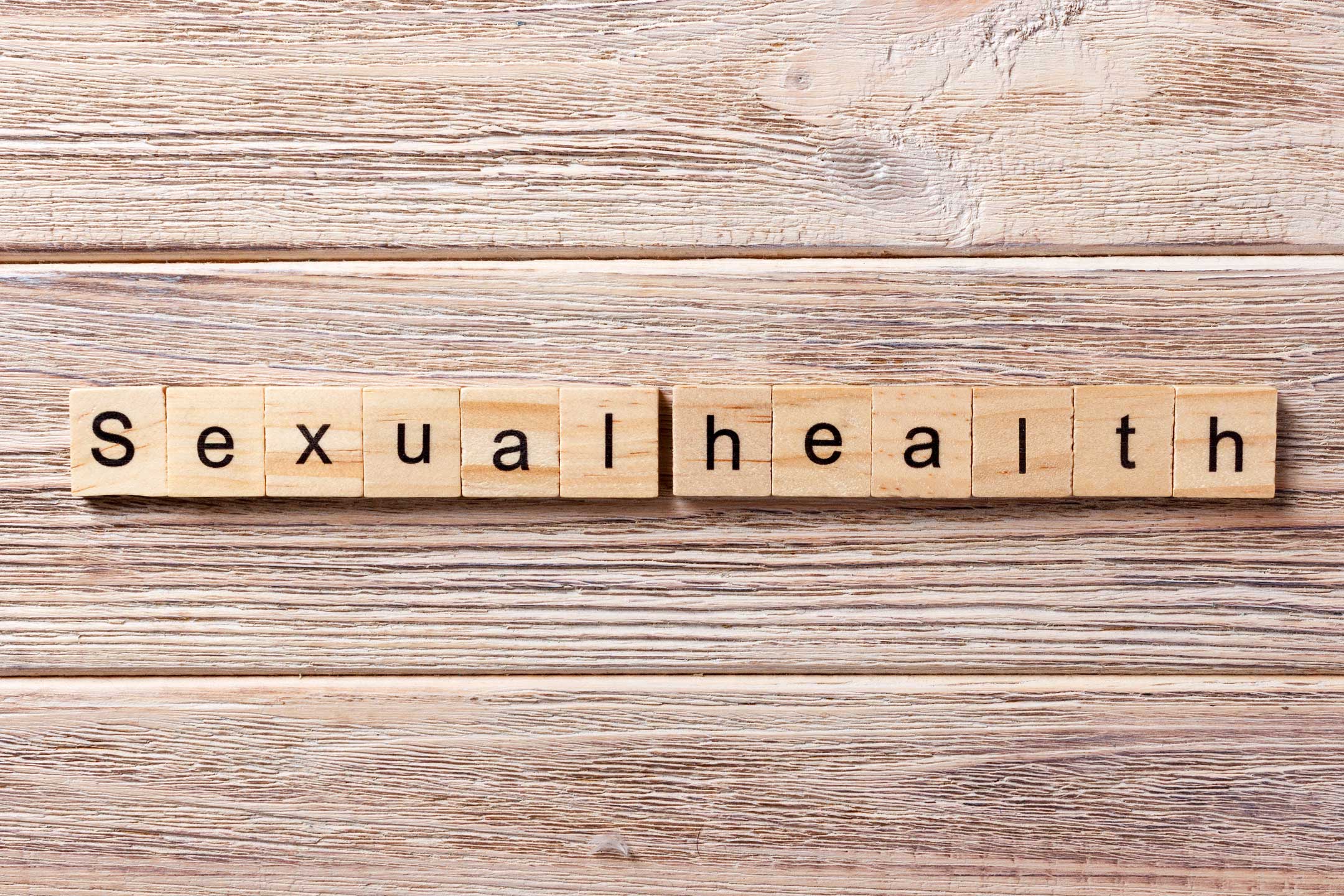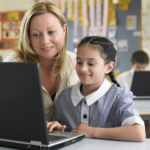
11 Feb Let’s Talk About Sex…Research & curriculum implementation
Dr Melissa Kang contemplates how sex education is treated in Australian classrooms, homes, media and peer groups.
Research & curriculum implementation
Since 1992, national surveys about the sexual health of students in Australian secondary schools have been conducted. We now have a body of evidence about young people’s sexual lives, including their knowledge, attractions, behaviours and relationships.
A national research centre was established (now called the Australian Research Centre in Sex, Health and Society, or ARCSHS). Since 1992, national surveys about the sexual health of students in Australian secondary schools have been conducted. We now have a body of evidence about young people’s sexual lives, including their knowledge, attractions, behaviours and relationships.
Australia has developed a national framework for sexuality education in secondary schools
Based on Australian and international research, including a World Health Organization review of effective sex education, Australia has developed a national framework for sexuality education in secondary schools, called Talking Sexual Health. Funded by the Commonwealth, it was endorsed by all States and Territories in 1999. The framework uses a social model of sexual health and a ‘whole school approach’. Rather than just dealing with the teaching of factual information, the framework acknowledges the social context in which young people live and have sexual experiences, and encourages engagement with parents and the community. An integral part of the framework is ensuring the professional development of teachers. The resource is now being used in all States and Territories in conjunction with a range of local resources.
Much sexuality education begins in primary school – predominantly issues such as relationship and decision-making skills, and the changes of puberty.
Australian schools also allow parents to ‘opt out’
- The NSW Board of Studies sets the core curriculum for K-12 in government and non-government schools and manages the School Certificate and Higher School Certificate. The syllabus for Personal Development, Health and Physical Education (PDHPE) can be downloaded from their website. PDHPE is mandatory from K-12. In years 11 and 12, this is delivered through a program called ‘Crossroads’. PDHPE can also be taken as an elective HSC subject.
- The Victorian Curriculum and Assessment Authority is responsible for the provision of curriculum and assessment in Victoria. Health and Physical Education is one of eight Key Learning Areas in the Victorian K-10 curriculum. Health and Human Development can also be studied in years 11 and 12 as an elective subject.
- Health and Physical Education is one of eight Key Learning Areas in the South Australian school curriculum. The South Australian Curriculum, Standards and Accountability Framework provides a guide for educators and parents about what children learn from birth to Year 12 and links with the assessments and certification of students. See Information about the Health and Physical Education curriculum.
- The Queensland Studies Authority is responsible for the provision of a range of services and materials relating to syllabuses, testing, assessment, moderation, certification, accreditation, vocational education, tertiary entrance and research. Information about the Health and Physical Education syllabus for years one to 10 is available here
- In Western Australia the Curriculum Council provides for the development and implementation of curriculum frameworks for years K-12 as well as providing for assessment and certification of students. The Health and Physical Education curriculum guide can be found here
- In the ACT, the Department of Education and Training delivers a Health and Physical Education curriculum for years K-12 (compulsory up to Year 10). The curriculum framework can be viewed here.
In practice, there is still considerable variation in how sex education is delivered in our children’s classrooms and this may depend on internal resource issues (adequately trained teachers) or local community issues (such as the availability of local guest speakers, and parent and community attitudes). You might therefore want to obtain more information directly from your school principal (primary schools) or your head teacher of this area of curriculum (secondary schools).
So how does all this inform our role as parents?
Australian schools also allow parents to ‘opt out’ – parents can exercise the right for their child not to receive sexuality education. This is the case in most, but not all, countries. For example, in France, adolescents are held to have the right to sex education and parents cannot opt out. In a recent study comparing sex-education policies and sexual-health indicators among adolescents in The Netherlands, France, Australia and the USA, the countries with the most liberal sex-education policies, namely The Netherlands and France, also had the best sexual health indicators, as measured by teenage childbirth, pregnancy and sexually transmitted infection rates.
So how does all this inform our role as parents? It’s important to recognise that our children receive mixed messages about sex. A century ago, the adult world taught children that sex was a moral danger. Now, in our medicalised, media-saturated world, the message is that sex is a health danger on the one hand and glamorous and fun on the other. Moral messages are still pervasive, subliminal and confusing. Perhaps we need to rethink the messages that ‘sex is morally wrong for its own sake’ or that ‘sex is great – get as much as you can’. Respect for oneself and potential sexual partner/s and tolerance of others are humane, important moral messages in the 21st century.
Having spent as many years working as an adolescent-health specialist as being the mother of four children, my beliefs about sex education have been moulded by these dual roles in my life. I ask myself what it is that I hope to pass on to my children about sex, love, relationships and health. Exploring my own attitudes and values is an integral part of that process. As difficult as it can be, it’s also important to acknowledge that our children each have their own unique sexuality and that it might differ from ours. If they are same-sex attracted, have a disability, chronic illness or mental-health problem, their sexual wellbeing can be adversely affected in our society. Too many heartbreaking stories from my years of working with adolescents have made me a very strong advocate for the tolerance of diversity.
I found it helpful not to panic when my young children played with their genitals, played fantasy games with one another, engaged in ‘genital talk’, or dressed up like teenagers when they were only eight years old. These seemingly sexualised behaviours actually weren’t, and reacting emotionally as though something terribly precocious was happening can be very confusing for them. Rather, I discussed what sorts of behaviours were and weren’t appropriate in public, if at all, and did my best to explain why. I always answered my children’s questions about bodies, babies, sex and relationships in a developmentally appropriate way – just as I do for my patients. Children give us all sorts of non-verbal signs when they have had enough information or when they want more. Adolescents will almost invariably want information about sex and as well as providing what I can myself, I discuss credible sources of sexual-health information and how they might access those (including seeing a GP on their own if they wish). Entering our child’s or adolescent’s world from time to time – to find out what they’re reading in Dolly or Girlfriend, watching on YouTube or TV, listening to on the radio – can be an eye-opening experience, but it also can be useful as the basis for starting a conversation about sex and relationships and to correct misunderstandings. I have sought advice and support along the way from the children’s father, my parents and friends, and occasionally from professionals.
Sexuality is intrinsic to humanity, and dealing with it sensibly with our children can help them grow to their fullest potential as human beings.
Dr Melissa Kang is Honorary Associate Professor Westmead Clinical School
Read what it was like growing up as her daughter. Georgia, went her entire life having her mum answering questions about sex for ‘Dolly’ magazine.
See part one of Dr King’s discussion Let’s Talk About Sex…
This article first appeared in CHILD magazines and has been updated for the web
For Australian Parents:
- The NSW Board of Studies sets the core curriculum for K-12 in government and non-government schools and manages the School Certificate and Higher School Certificate. The syllabus for Personal Development, Health and Physical Education (PDHPE) can be downloaded from their website. PDHPE is mandatory from K-12. In years 11 and 12, this is delivered through a program called ‘Crossroads’. PDHPE can also be taken as an elective HSC subject.
- The Victorian Curriculum and Assessment Authority is responsible for the provision of curriculum and assessment in Victoria. Health and Physical Education is one of eight Key Learning Areas in the Victorian K-10 curriculum. Health and Human Development can also be studied in years 11 and 12 as an elective subject.
- Health and Physical Education is one of eight Key Learning Areas in the South Australian school curriculum. The South Australian Curriculum, Standards and Accountability Framework provide a guide for educators and parents about what children learn from birth to Year 12 and links with the assessments and certification of students. See Information about the Health and Physical Education curriculum.
- The Queensland Studies Authority is responsible for the provision of a range of services and materials relating to syllabuses, testing, assessment, moderation, certification, accreditation, vocational education, tertiary entrance and research. Information about the Health and Physical Education syllabus for years one to 10 is available here
- In Western Australia, the Curriculum Council provides for the development and implementation of curriculum frameworks for years K-12 as well as providing for assessment and certification of students. The Health and Physical Education curriculum guide can be found here
- In the ACT, the Department of Education and Training delivers a Health and Physical Education curriculum for years K-12 (compulsory up to Year 10). The curriculum framework can be viewed here.




